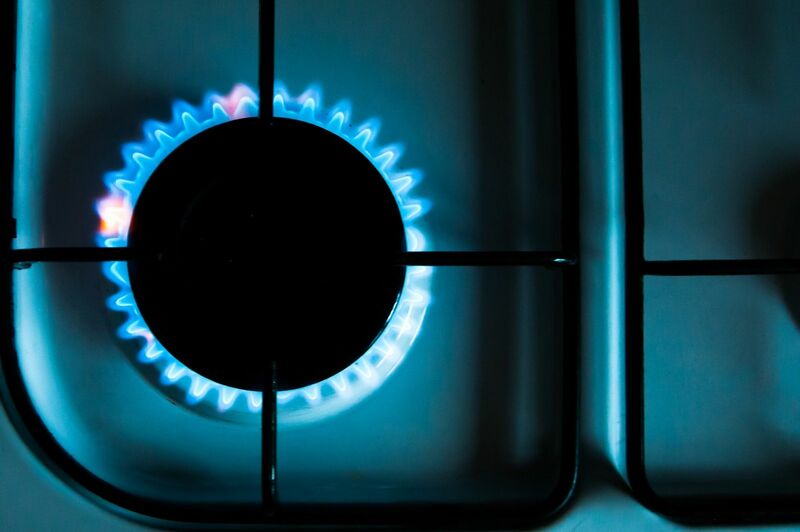
July Nymex natural gas (NGN23) on Wednesday closed up +0.002 (+0.09%).
July nat-gas Wednesday climbed to a 2-week high and settled slightly higher. Nat-gas has support on the outlook for increased power demand in Texas, the largest nat-gas consuming state. The Electricity Reliability Council of Texas (ERCOT) said Tuesday that due to soaring temperatures this week, it expects air-conditioning use in Texas to climb to a record 80.3 gigawatts on Thursday and even higher on Friday. U.S. nat-gas prices also have carryover support from a Wednesday's rally in European nat-gas prices to a 1-1/2 month high. However, nat-gas prices gave up most of their gains after forecaster Atmospheric G2 said abnormally cool temperatures next week in the eastern and western U.S. will keep a lid on total U.S. power demand.
Nat-gas prices fell sharply starting in December and posted a 2-3/4 year nearest-futures low (NGK23) Apr 14 as abnormally mild weather across the northern hemisphere this past winter eroded heating demand for nat-gas. January was the sixth-warmest across the contiguous 48 U.S. states in data from 1895. This winter's warm temperatures have caused rising nat-gas inventories in Europe and the United States. Gas storage across Europe was 72% full as of June 10, well above the 5-year seasonal average of 55% full for this time of year. Nat-gas inventories in the U.S. were +16.1% above their 5-year seasonal average as of June 2.
Lower-48 state dry gas production on Wednesday was 98.5 bcf (+2.2% y/y), moderately below the record high of 101.7 bcf posted on Apr 23, according to BNEF. Lower-48 state gas demand Wednesday was 66.4 bcf/day, down -6.7% y/y, according to BNEF. On Wednesday, LNG net flows to U.S. LNG export terminals were 11.2 bcf, down -3.5% w/w. On Apr 16, LNG net flows to U.S. LNG export terminals rose to a record 14.9 bcf/day as nat-gas exports continue to increase from the Freeport LNG terminal as the terminal was partially reopened after being closed since last June because of an explosion.
A decline in U.S. electricity output is bearish for nat-gas demand from utility providers. The Edison Electric Institute reported Wednesday that total U.S. electricity output in the week ended June 10 fell -7.1% y/y to 76,117 GWh (gigawatt hours). Also, cumulative U.S. electricity output in the 52-week period ending June 10 fell -0.3% y/y to 4,080,360 GWh.
The consensus is for Thursday's weekly EIA nat-gas inventories to climb +94 bcf.
Last Thursday's weekly EIA report was neutral for nat-gas prices since it showed U.S. nat gas inventories rose +104 bcf, below expectations of +114 bcf but above the five-year average for this time of year at 100 bcf. Nat-gas inventories as of June 2 are +16.1% above their 5-year seasonal average.
Baker Hughes reported last Friday that the number of active U.S. nat-gas drilling rigs in the week ended June 9 fell by -2 to a 15-month low of 135 rigs, moderately below the 3-1/4 year high of 166 rigs posted in the week ended Sep 9. Active rigs have more than doubled from the record low of 68 rigs posted in July 2020 (data since 1987).
On the date of publication, Rich Asplund did not have (either directly or indirectly) positions in any of the securities mentioned in this article. All information and data in this article is solely for informational purposes. For more information please view the Barchart Disclosure Policy here.






